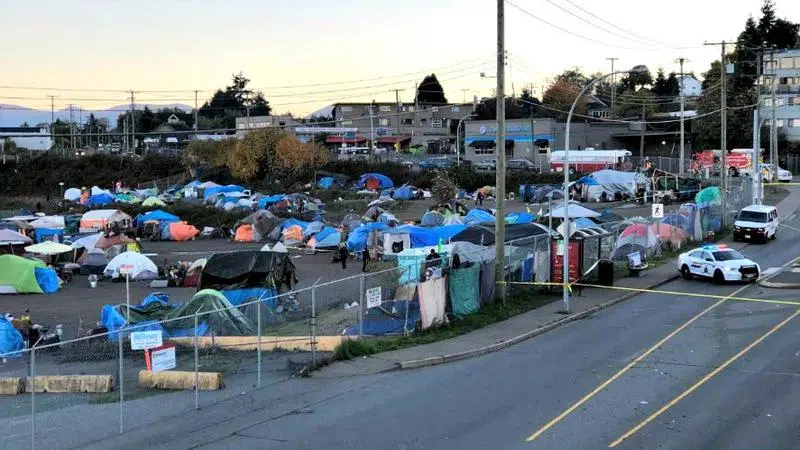
Nanaimo’s housing crisis, one year after Discontent City closed
NANAIMO — One year later, the land at 1 Port Dr. is clear of tents but the issues at the heart of Nanaimo’s sprawling tent city remain.
Discontent City closed on Dec. 10, 2018, nearly eight months after it opened to protest the lack of affordable housing in Nanaimo.
At the time, mayor Leonard Krog admitted closing the tent city didn’t mean closing the book on housing issues.
“There are people sleeping in parks around our community, sleeping in wood areas, literally camping through the winter,” he said.



